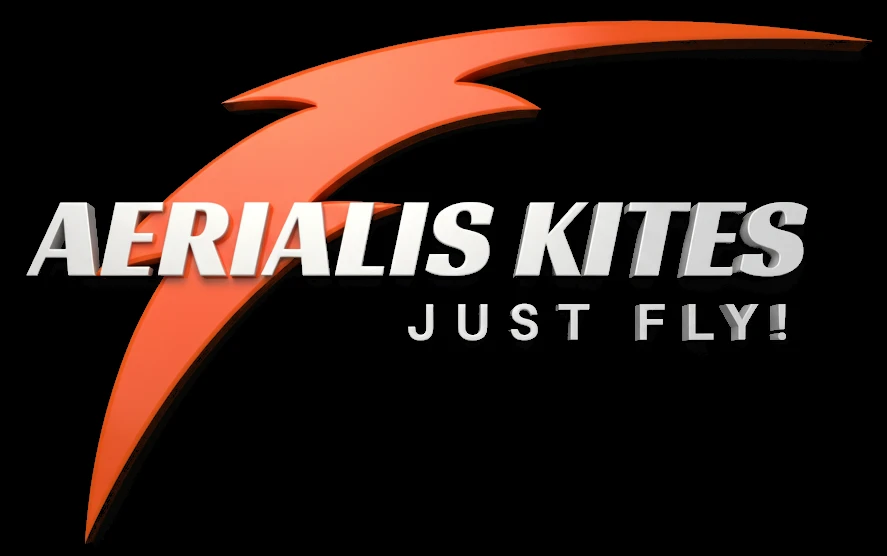These kites are built for precision, speed, and tricks, and understanding the wind window is key to getting the most out of them. The wind window, an invisible dome where your kite can fly, dictates everything from how fast your kite moves to how much control you have. Learning how to navigate and manipulate this wind window can transform your kite flying from casual cruising into a dynamic and exciting experience!
In this blog post, I’ll break down the wind window, explain how it impacts your sport kite, and share tips for flying within this space to maximize control and performance.
What Is the Wind Window?
The wind window is the imaginary, three-dimensional zone in which your kite flies, and it’s shaped like a semicircle extending in front of you, stretching from side to side and up into the sky. Picture it as a giant, invisible dome that changes depending on wind strength, your position, and the length of your kite lines.
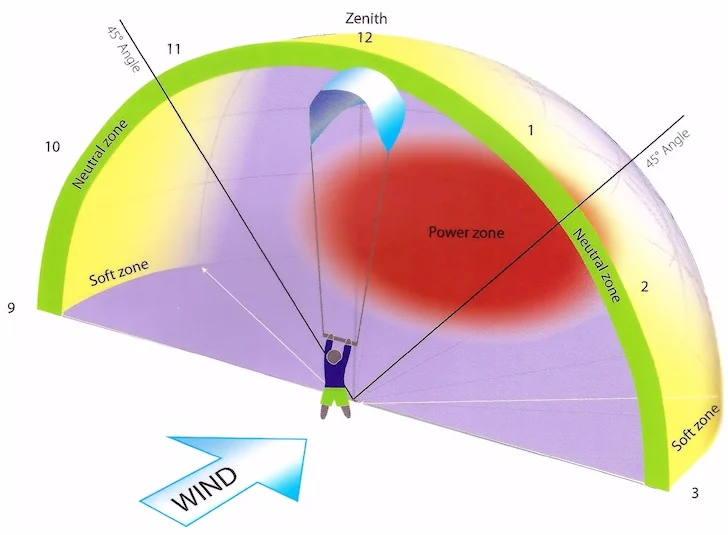
The wind window has different sections that affect how your kite behaves, and each part plays a unique role in controlling speed, power, and trick execution. For sport kite flyers, understanding the boundaries of the wind window helps you steer with precision, allowing for fast maneuvers, intricate tricks, and smooth landings; improving your flying skills!
The Structure of the Wind Window
The wind window is divided into three main areas: the power zone, the neutral zone, and the edges of the window. Where your kite is in this window determines its speed, pull, and responsiveness.
1. The Power Zone
The power zone lies in the center of the wind window, directly in front of you where the wind is strongest. When your sport kite enters this area, it will fly quickly, pull hard, and respond sharply to your inputs. The kite is directly facing into the wind, making it harness the full power of the wind’s force.
In the power zone, your sport kite will:
- Fly at maximum speed, accelerating rapidly.
- Generate a strong pull on the lines, which can be exhilarating but also challenging to manage.
- Be highly responsive to steering, meaning small line inputs will have a big impact on the kite’s movements.
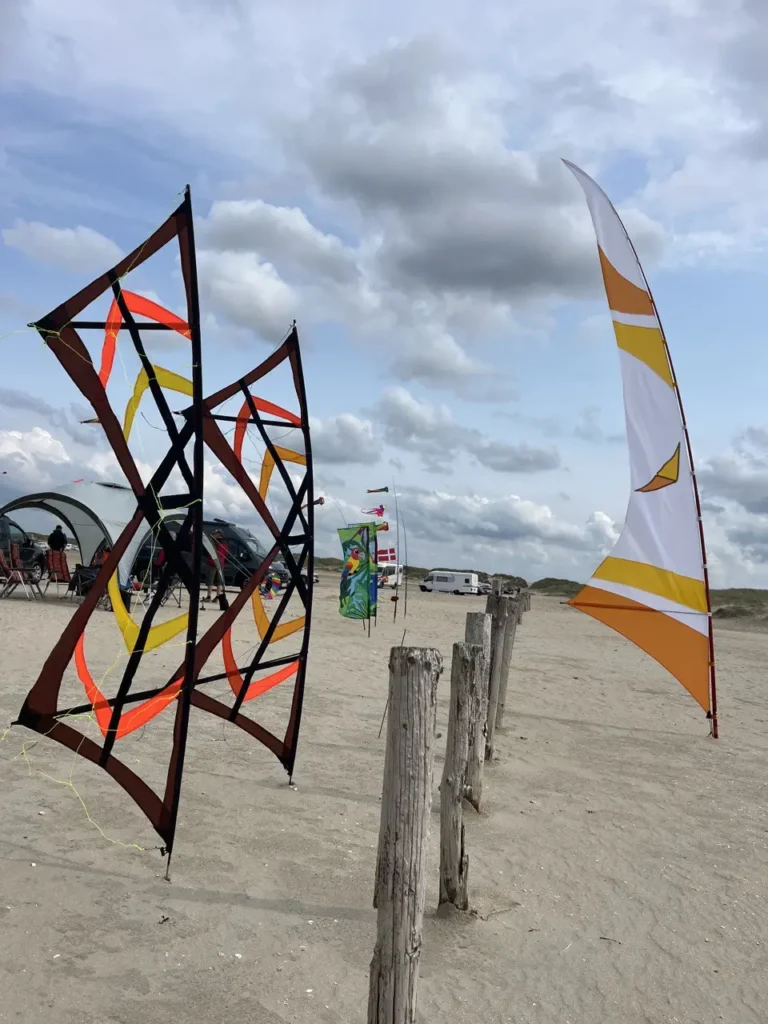
The power zone is where you’ll get the most action out of your sport kite, and it’s the best place to attempt fast loops, figure eights, and high-speed flying. However, because the kite pulls strongly in this zone, it requires careful control to prevent oversteering or crashing and slack line tricks are (really) difficult to do.
2. The Neutral Zone (Zenith)
The neutral zone, also called the zenith, is located directly above your head, where the kite experiences the least amount of wind pressure. In this zone, your kite will be at its most stable and slowest, making it the perfect spot to hover or take a break between maneuvers.
When flying in the neutral zone, your kite will:
- Fly more slowly and generate less pull, allowing you to rest or reset.
- Be less responsive to your steering inputs compared to the power zone.
- Act as a stable hovering point, ideal for pausing before attempting a new trick or adjusting your flying position.
For sport kite flyers, the neutral zone can serve as a “safe space” where you can regain control if your kite is behaving unpredictably. It’s also a good area to guide your kite when preparing for landings.
3. The Edges of the Wind Window
The edges of the wind window are located to the left and right sides, where the wind hits your kite at an angle. As your kite moves closer to the edges, it will slow down and generate less pull. The edges are often where flyers go to stabilize their kites or slow them down after performing a trick in the power zone.
At the edge of the wind window, your kite will:
- Slow down significantly, giving you more time to plan your next move.
- Pull less on the lines, making it easier to control.
- Be more stable, ideal for practicing controlled, slower tricks or preparing to land.
While the power zone is where you’ll feel the rush of fast movements, the edges of the wind window allow for precision and control. Advanced flyers often use these areas to set up for more complex tricks or to recover from a tight turn or dive.
How the Wind Window Changes with Wind Strength and Line Length
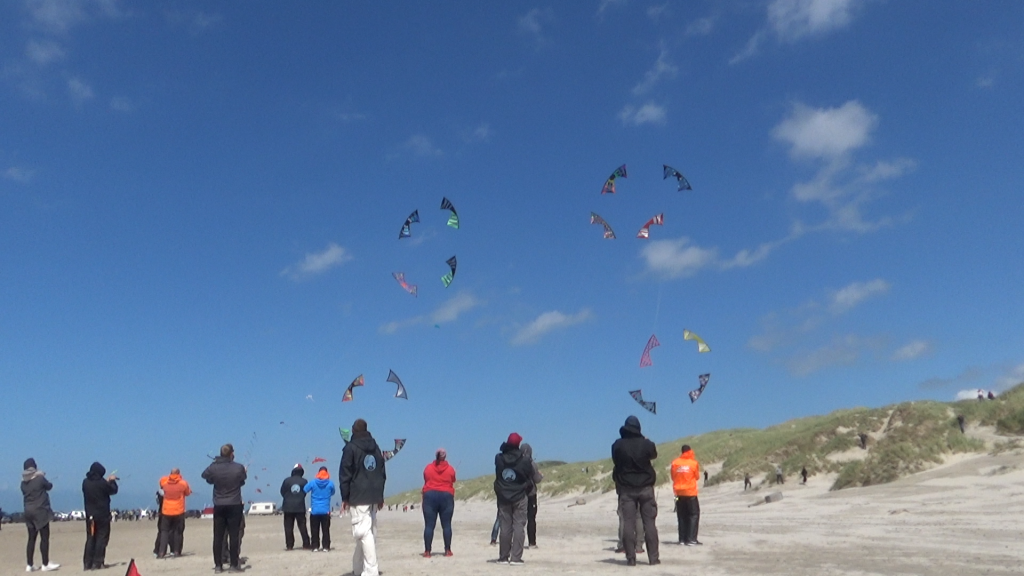
Two major factors influence the size and shape of your wind window: wind strength and the length of your kite lines.
Wind Strength
- In light winds, the wind window is smaller, and the power zone has less punch. You might need to keep your kite nearer the center to maintain enough speed and lift. Tricks will be slower, and the kite’s pull will be minimal.
- In strong winds, the wind window expands, and the power zone becomes much more intense. The kite will pull harder, fly faster, and respond sharply to even the smallest steering adjustments. This can be thrilling but also requires more skill to control.
Kite Line Length
- With longer lines, the wind window is larger. The kite will have more space to move, and you’ll be able to execute larger, sweeping movements. However, longer lines also mean the kite may be harder to control in high winds due to the increased distance.
- With shorter lines, the wind window is smaller, but your kite will respond more quickly to inputs. Shorter lines are great for tight spaces or if you want more control over precise maneuvers.
Tips for Flying Your Steerable Sport Kite in the Wind Window
To get the most out of your steerable sport kite, here are some tips for mastering the wind window:
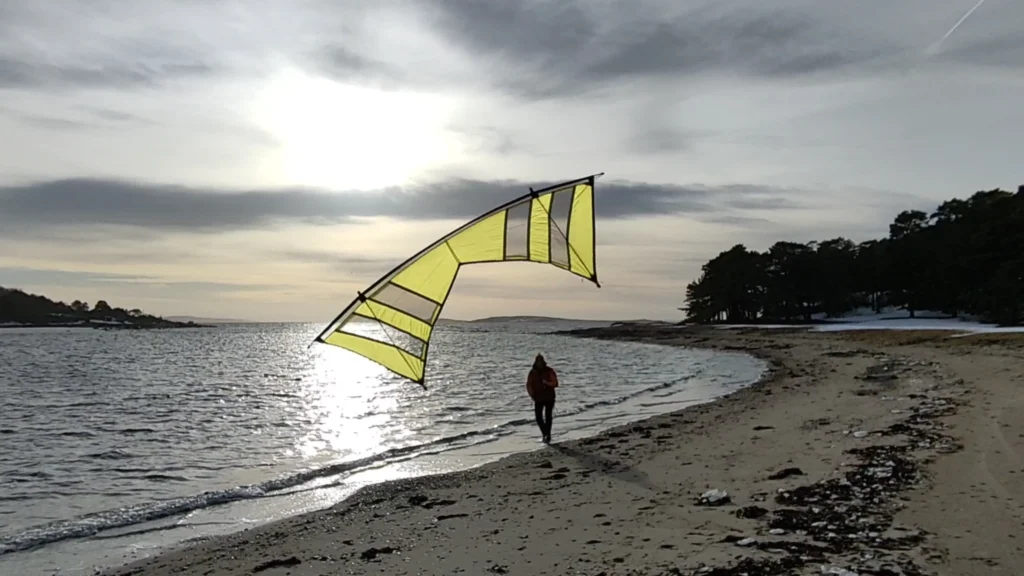
1. Start Your Kite at the Edges
When launching your kite, it’s best to start at the edge of the wind window. This area provides less pull, making it easier to control your kite as it rises. Once in the air, you can gradually steer it toward the power zone for a faster, more dynamic flight.
2. Use the Power Zone for Speed
For fast, high-energy moves like loops or dives, guide your kite into the power zone. Be prepared for the increased pull and quick response time as your kite accelerates. The power zone is where you can really showcase the sport kite’s speed and agility.
3. Recover at the Edges or Neutral Zone
If you lose control of your kite or need to slow things down, steer it toward the edges or up into the neutral zone. These areas provide more stability and less pull, allowing you to regain control before reentering the power zone.
4. Practice Steering Through the Wind Window
Learning how to guide your kite smoothly through the wind window is essential for performing tricks and maintaining control. Start by flying large, figure-eight patterns to get a feel for how the kite moves through the power zone and edges. As you get more comfortable, practice transitioning between zones with more precision.
Conclusion
Understanding the wind window is a game-changer for flying a sport kite. This invisible zone determines how fast your kite flies, how hard it pulls, and how well you can control its movements. By mastering the dynamics of the power zone, neutral zone, and edges, you’ll be able to perform faster tricks, recover from mistakes, and navigate your kite with expert precision. Whether you’re new to sport kites or an experienced flyer, the wind window is the key to unlocking the full potential of your kite and making every flight exciting and rewarding.
This blog post is written with the help of AI.
